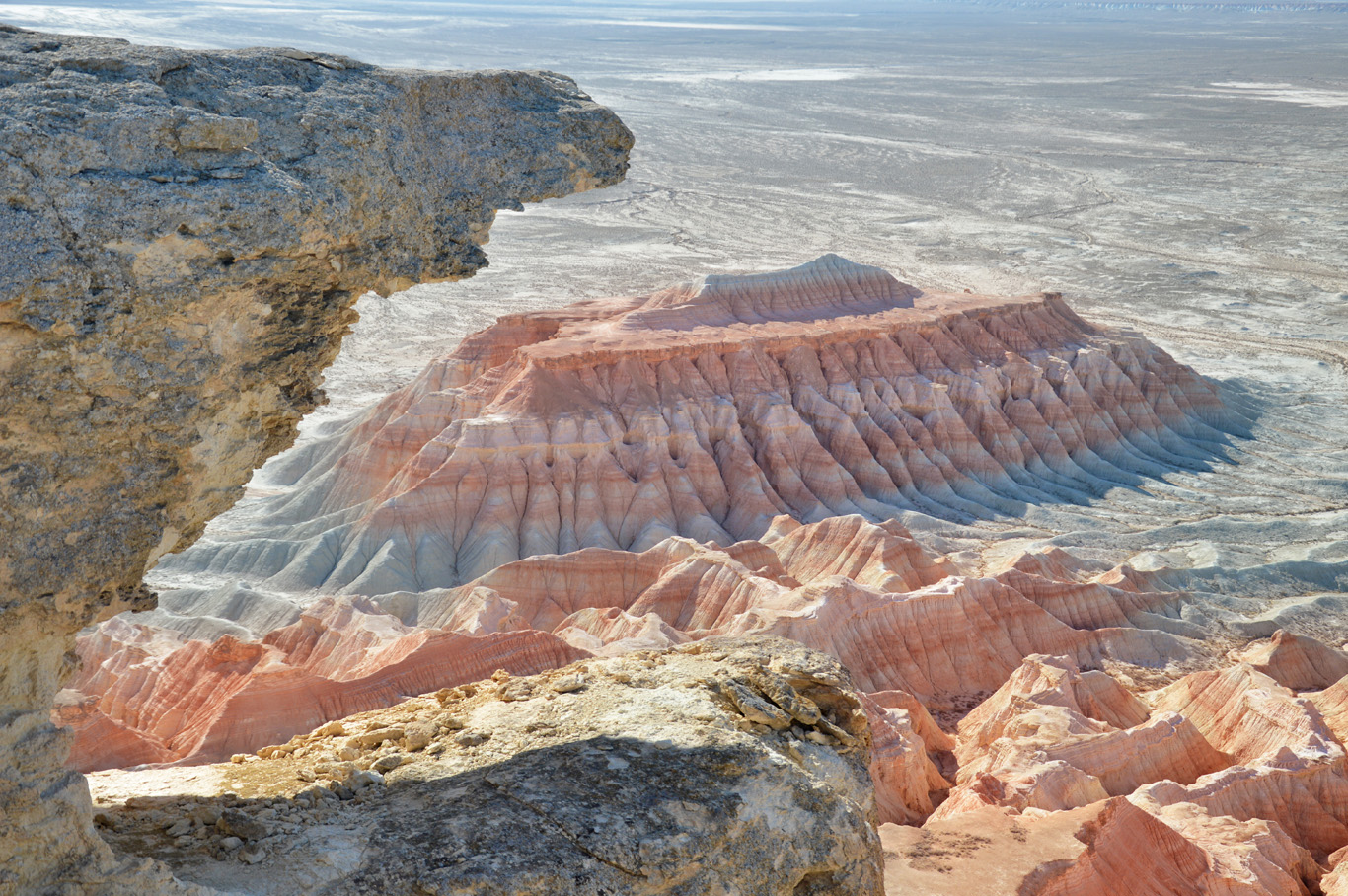Ancient Dehistan (Balkan region)
Ancient Dehistan
Tour Type
Cultural
Location
Balkan
Overview
Dehistan (also known as Mashad-Misrian) is an ancient city that includes the large Mashad cemetery with the mausoleum of Shir-Kabir from the 10th century, as well as the ruins of the city of Missirian from the 10th-15th centuries. It is located on the Misrian Plain in the Etrek District of the Balkan Province of Turkmenistan. The city was founded at the end of the 3rd century BCE and flourished under the rule of the Khwarezmshah dynasty of the Anushteginids.
Dehistan existed until approximately the 14th century CE. It was part of a vast cultural complex that included the Gorgan plain in northern Iran. The material culture of the Iron Age on the Misrian and Gorgan plains is identical and dates back to the same period. On the completely flat, waterless, and clayey plain of the Balkan Province, formerly known as the Misrian Plain, stand the mysterious ruins of ancient Dehistan — perhaps the most remote and isolated city. It was once a prosperous medieval city on the caravan route between Khwarazm and Persian Gorgan.
Dehistan was located in the center of the Misrian oasis and is also known as Misrian (Messorian). The name "Dehistan" derives from the Dahae tribe that inhabited the area. Dehistan emerged in the 8th-9th centuries and experienced a period of rapid growth during the reign of the Khwarazmshahs. The city covered an area of about 200 hectares and was protected by a double ring of walls. Historians of that time reported: "Dehistan is a city with a large mosque, serving as a frontier fortress against the Turkic Oghuz tribes." However, Dehistan did not become a long-lasting city. When Genghis Khan's troops arrived in the 13th century, they found a dying city. Life continued in Dehistan during the 13th-14th centuries, but by the 15th century, the city was completely abandoned. Today, numerous ruins of various structures testify to its former grandeur.
Among the preserved structures are the famous Shir-Kabir mausoleum, two minarets each 25 meters high, the portal of the main mosque, remnants of the mud-brick city walls, ruins of caravanserais, and mausoleums at the Mashad necropolis.
Mashad-ata is one of the most unique architectural monuments of medieval Turkmenistan. It is located 7 kilometers from the large Misrian settlement, among sand dunes, and is considered a true gem. The monument is visible from afar: it was erected on a powerful platform, and its helmet-shaped dome rises above the surrounding area, standing out not only for its excellent preservation but also for its monumental and perfect forms. This monument is often referred to in books and tourist guides under the name Shir-Kabir (Great Sheikh). Mashad-ata has stood for more than a thousand years in the center of an ancient necropolis, attracting the attention of architectural historians, art experts, and pilgrims, who come to these remote places to admire this masterpiece of Islamic art from the 9th-10th centuries, particularly the luxurious mihrab inside the building.
Excavations in Dehistan have uncovered several mosques, caravanserais, and water supply systems, including ditches, canals, and drainage systems. In 1998, Dehistan was proposed for inclusion in the UNESCO World Heritage List. The Mashad-ata mausoleum is considered the oldest mosque preserved in Turkmenistan. According to an anonymous work from the 10th century, Hudud al-'Alam, the Sufi Sheikh Ali al-Sukkari was buried near Dehistan. There are also valuable references in the works of al-Maqdisi, an Arab geographer who lived in the 9th century. In his book, which contains diverse information about many countries of the East, he provides data about Dehistan. He referred to the city center of Dehistan as "Rabat," meaning "fortress city." Along with praise for the cleanliness of the city, its beautiful mosques, comfortable houses, and well-organized streets, he also mentioned an old mosque located below Rabat in a place resembling Dandanaqan (a medieval town near Merv). From al-Maqdisi's account, we also learn that the mosque was surrounded on all four sides by vaulted iwans supported by wooden columns. The mosque was famous not only in Dehistan but also in the surrounding regions.
Amul Gala Travel Agency allows you to experience unforgettable, spectacular, and beautiful places in Turkmenistan. Travel Turkmenistan with Amul Gala.


